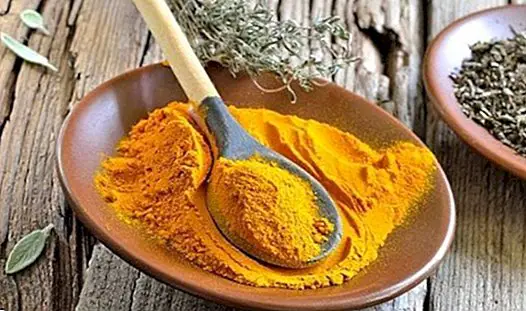Atopic dermatitis in the baby: everything you need to know
There are different and different skin diseases that stand out precisely because they are more or less common. It is the case of dermatitis, which basically consists of inflammation of the skin. And within dermatitis we can mention one in particular: the atopic dermatitis.
Atopic dermatitis is a very common skin disease, which is characterized because people who suffer from it tend to suffer abnormalities and injuries to their skin. In our country, in fact, it is estimated that around 10% of children can suffer from atopic dermatitis at some point in their childhood. 
In the case of babies Atopic dermatitis usually appears after the third month of life, although it is true that its prevalence varies depending on the geographical area where we are. Thus, for example, the farther north and the higher the level of industrial development in which we are greater will be the cases.
Although there are other causes, which influence especially in the baby has it since childhood: changes in their diet, lack of breastfeeding, or infections that tend to appear usually during the first years of life.
On the other hand, reservoirs of dust (stuffed animals or carpets especially), baths of foam, frequent bathing or use bath sponges also tend to influence their appearance.
What are your symptoms?
The most common is that atopic dermatitis appears on the face, especially on cheeks. In these areas of the body appear erythematous (reddened), exudative lesions, which in case of breaking tend to spread easily. 
It is very common that these injuries cause a strong and uncomfortable itching, so that the baby when it is a little larger often scratch and cause even more damage.
In addition to the face, atopic dermatitis usually appears in other areas, including the hands (especially on the back), behind the ears, elbows and knees.
How to treat it? Bath time is the key
We must bear in mind that the skin of the baby, especially that of the newborn, tends to be very fragile, with a normal sebaceous secretion and a very thin epidermis, which is up to 5 times thinner than that of an adult person.
Therefore there are many physical and infectious irritants that affect different areas of the baby's skin, especially the diaper area and buttocks. 
It is essential to maintain an adequate hygiene and hydration of the skin. In addition, there are a number of tips and basic care that can help a lot when it comes to treating atopic dermatitis in the baby:
- It is not recommended that the bathroom lasts more than 10 minutes.
- The temperature should oscillate between 32-36ºC, being more suitable that it is tempered.
- The soap should be used only in specific areas of the body, not spreading throughout the body. Neutral soap is the most appropriate, especially of quality.
- The use of biological emollients and quality creams or milks are essential, especially on wet skin before leaving the bathroom. This will help relieve the baby's itching and provide the nutrients your skin needs.
- When drying the skin it is recommended to dry it perfectly by tapping it with the help of a soft towel.
Although it is a slow-moving disease, did you know that about 90% of children affected with atopic dermatitis tend to be cured by the age of ten? And between 10 to 30% before three years? This article is published for informational purposes only. You can not and should not replace the consultation with a Pediatrician. We advise you to consult your trusted pediatrician. ThemesDiseases in babies and children


